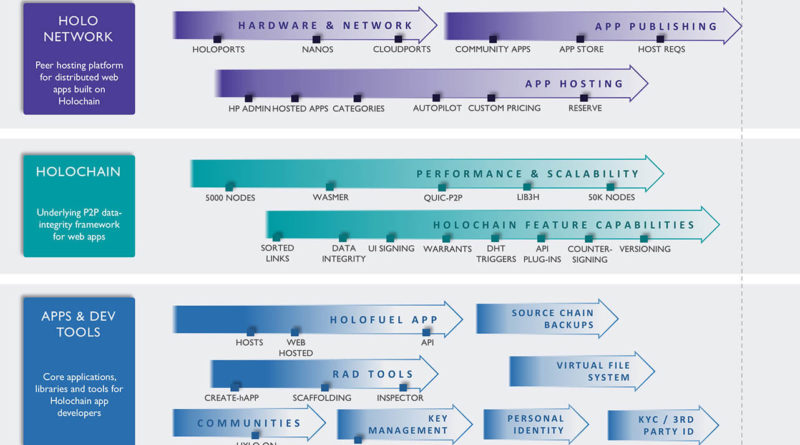A well-designed product roadmap can make your work as a product manager (PM) a lot easier when looking to deliver a winning offering. However, creating your first product roadmap may be daunting when you try to imagine what lies ahead. Even some experienced PMs find the process dreadful as well.
Here’s a guide to help you go about creating your first product roadmap effectively and with more ease. These key steps can enhance your ability to produce a truly compelling document.
Determine Objectives
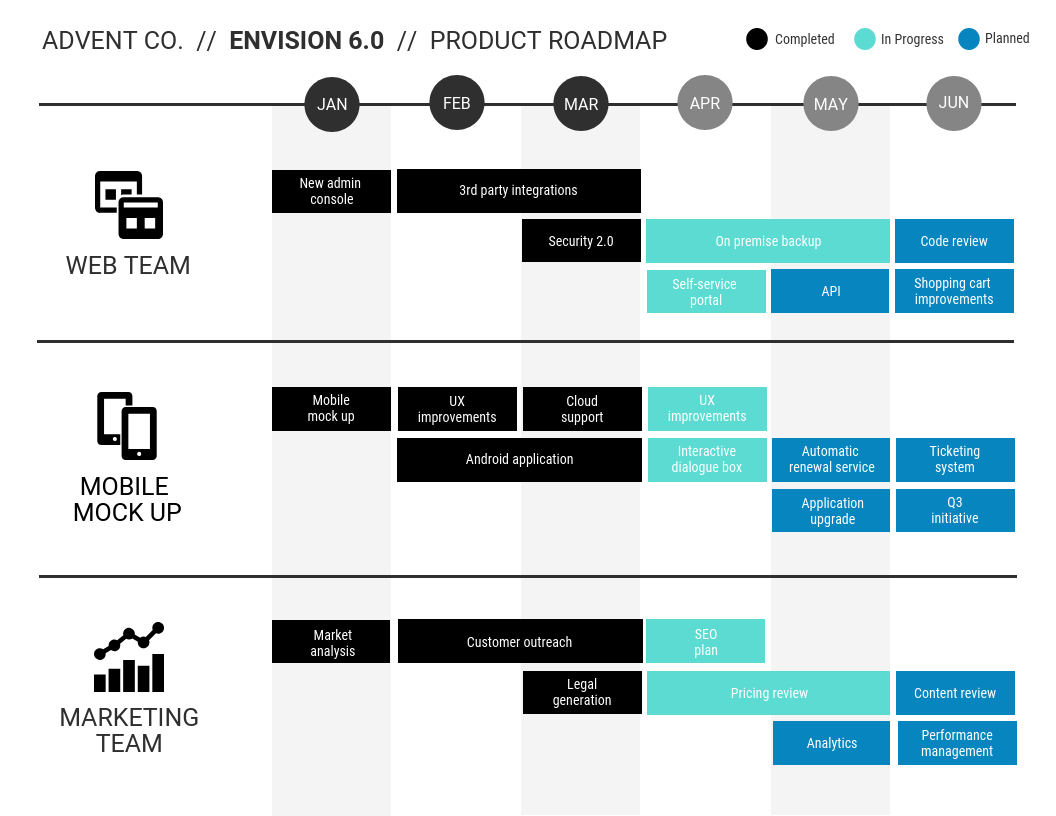
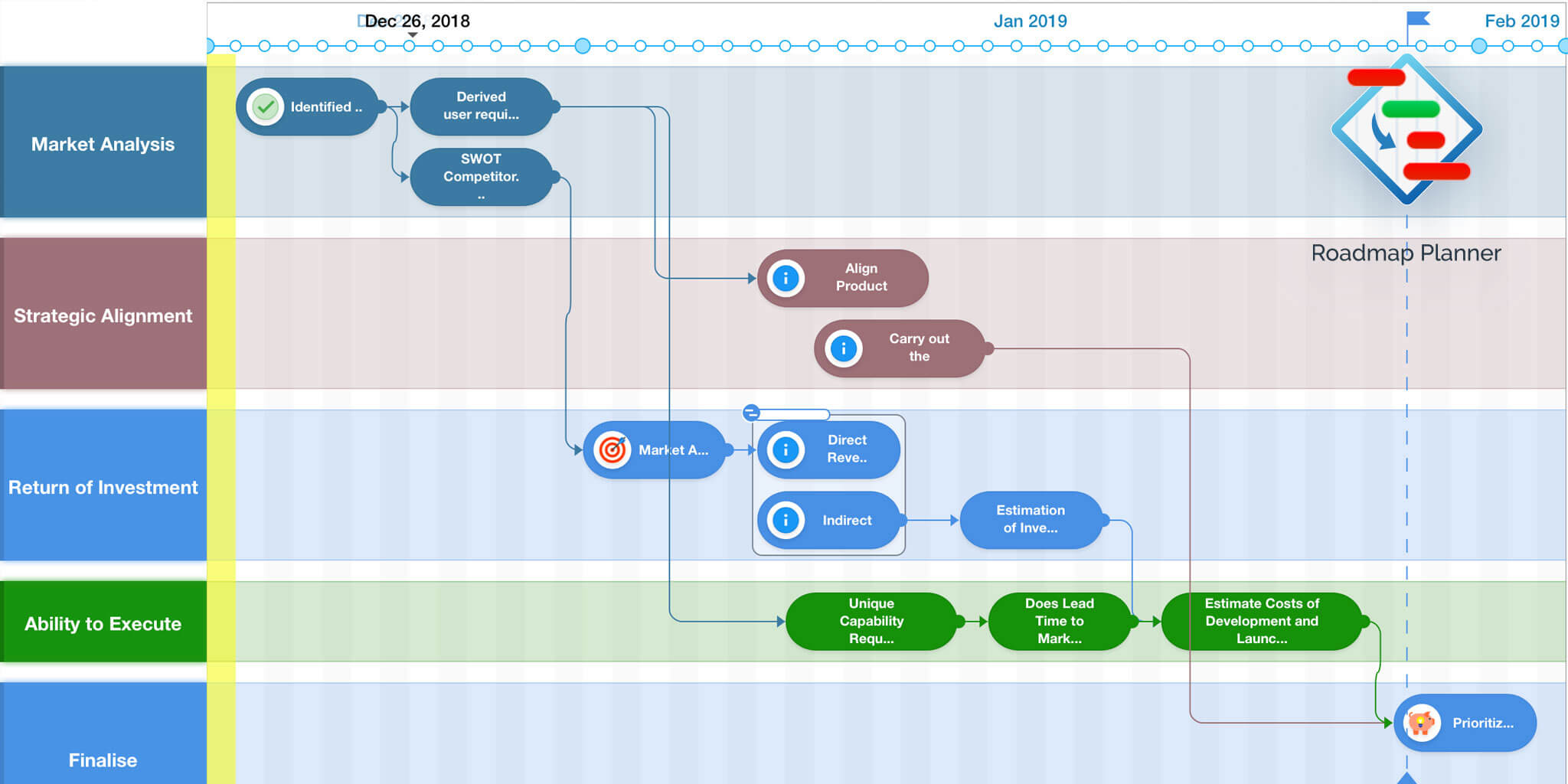
source: venngage.com
The first thing you most likely want to do when building your first roadmap is to determine the justification for a product. Ask yourself: how will this contribute to the overall goals of the company? A vision is a prerequisite for establishing objectives. You’d usually be working with a vision that your company has.
Seeing how the relevance of your product depends on a company’s vision, you want to be ready for questions driven by this when trying to get stakeholders to consider your proposal seriously. It is important to have answers ready for why the product is important and at a particular time, among other strategic questions.
Gather Strategic Data

source: holo.host
It is equally important to collect information from diverse sources to enhance the credibility of your product roadmap. This is also helpful for improving the clarity of objectives. Consumers are a major source for gathering these inputs. Your sales, marketing, and support teams are quite useful for collecting information from your customer base. These data could enable you to know what features are more important to users for inclusion in your upcoming product or what to correct in an existing one.
Besides, you can gather helpful inputs from your competitors and their offerings. Factor in emerging trends as well in your product roadmap to produce a document that is truly relevant and convincing.
Establish Key Themes
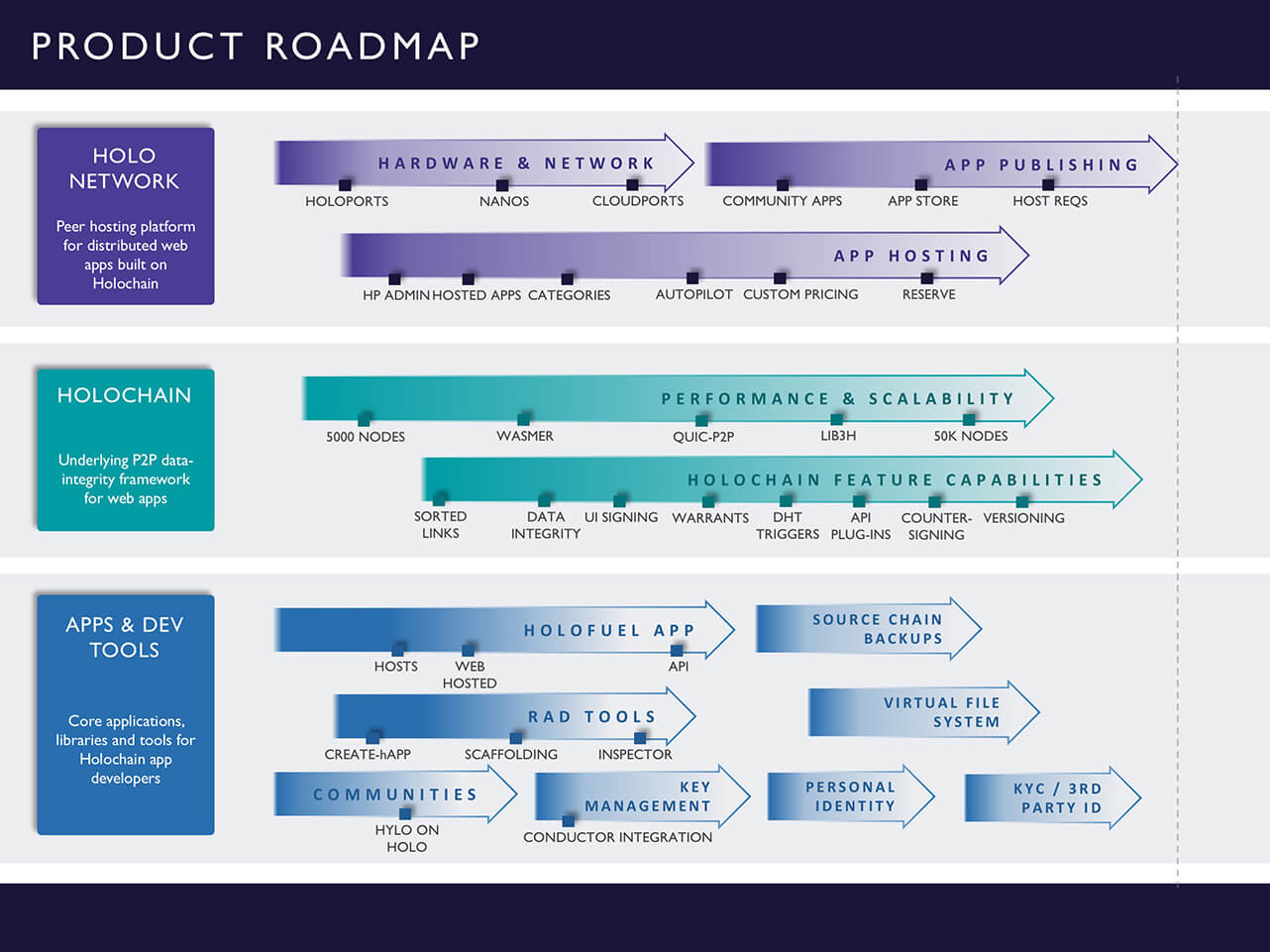
source: medium.com
In your effort to ensure the achievement of product goals, you need to have themes. These are basically smaller parts that piece together to make the realization of your vision possible. You can think of a theme as a set of features that contribute to your product goals. It brings related initiatives together as a group to make your product roadmap easier to understand. Therefore, you want to ensure that you identify key product themes. This usually will involve trying to justify the need for each one in your roadmap, just as you did for the product.
Map epics and initiatives to the major themes to be better able to decide relevance. It is crucial to be able to explain why you have each epic and initiative in the document. Themes can help greatly to make different teams to have a clearer grasp of your vision. They enable you to properly organize your product roadmap and better communicate your strategy. A good theme should be concise and capable of being acted up.
Adapt for Audience
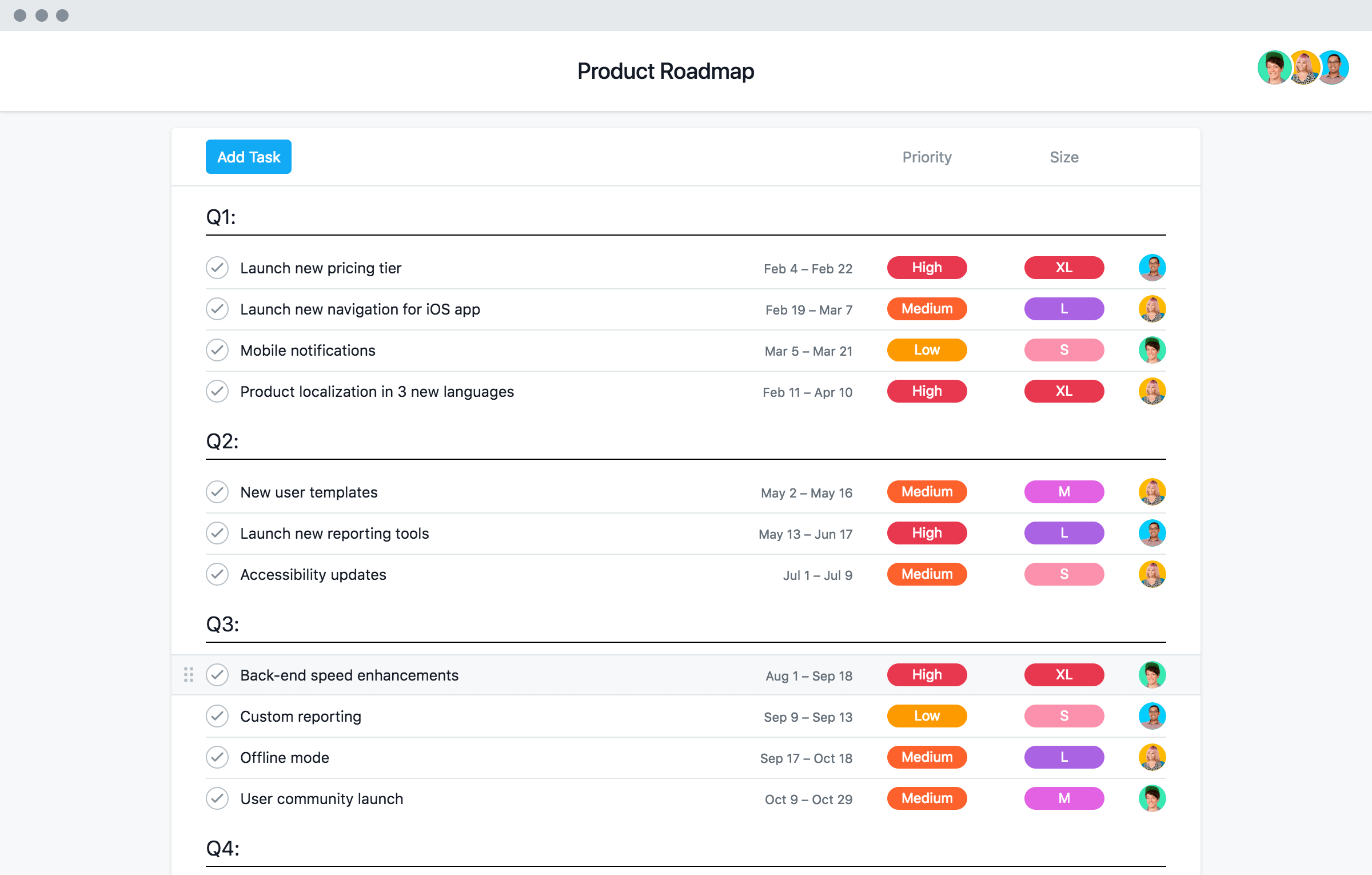
source: asana.com
Also, it is very critical to have in mind people who will see and respond to the document when creating your first product roadmap. Without this, you might find that it is practically useless to some stakeholders. There are PMs – in fact, many of them – that fall short in this regard. They assume a single document should suffice for all stakeholders. To make matters worse, they make use of tools that aren’t specific to roadmapping, such as spreadsheet programs or PowerPoint. You should endeavor to avoid making the same mistake.
What makes sense to your development team, for instance, might be difficult to grasp and buy into for executives. Make sure that you tailor roadmaps to the audience. When creating one, ensure that it resonates with a specific group of stakeholders and removes the need for spending more time on explanation. Your roadmap, for instance, should enable executives to know how a product fits into the company’s goals and its revenue-boosting potential. The document you give developers, on the other hand, should let them know what you are looking to achieve as well as milestones and technology to use, among others. A purpose-built roadmap tool can make your task of customizing roadmaps for different stakeholders a lot easier.
Leave Room for Changes
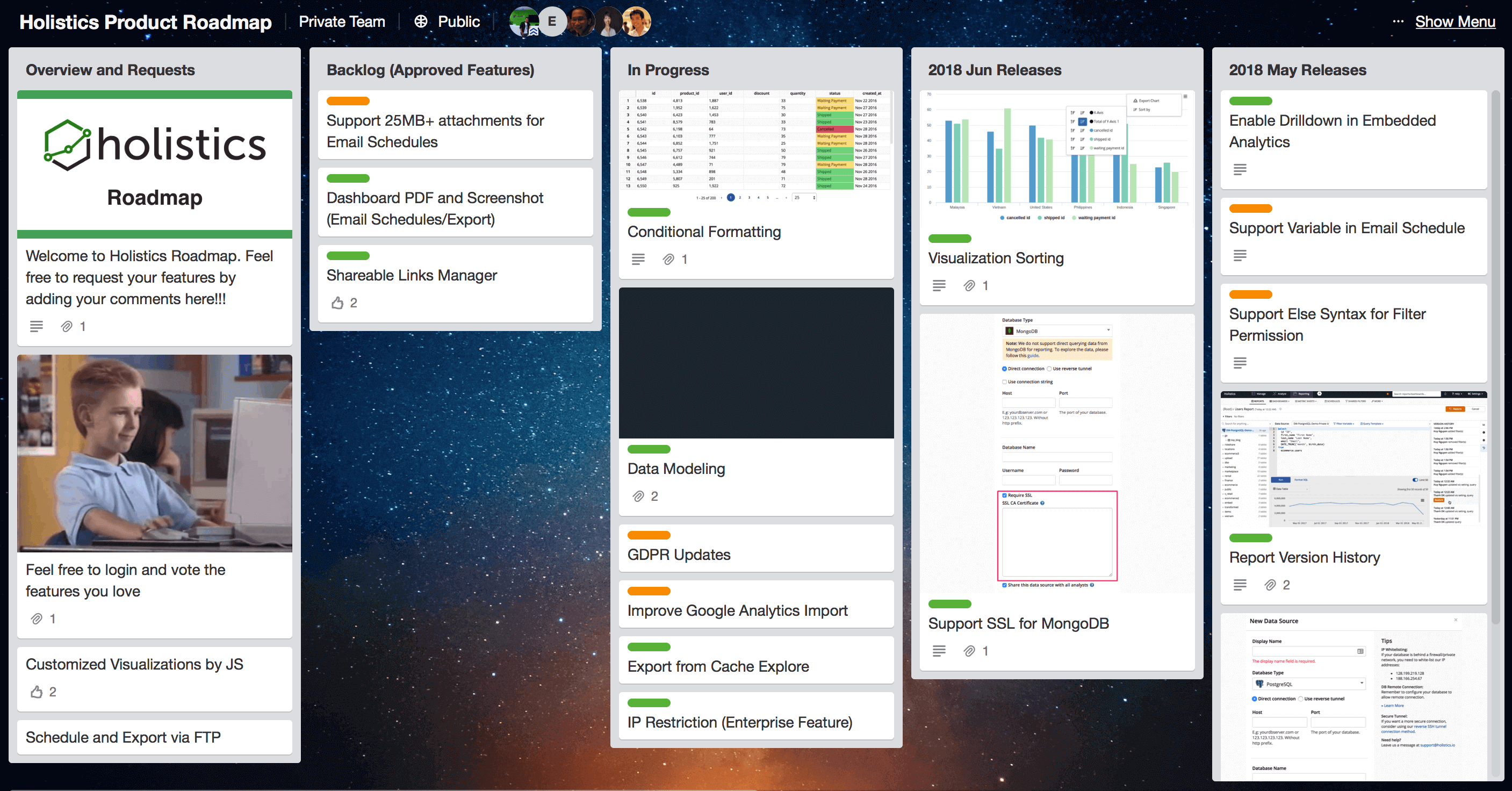
source: medium.com
People often say that the only constant thing in life is change. That is an important fact of life you should pay attention to when roadmapping. We have to state that a product roadmap is not something you set and forget. You should think of it more as a “living document” or an ongoing process. It can and, most likely than not, will change because you don’t fully know what awaits in the future.
For example, an action that your competition takes might necessitate alterations to your original plan. Based on this, it is vital that you leave room for possible changes. Don’t be too rigid about timelines and deliverables in your roadmap. Rather, treat the document more as something that provides a direction. It is in order to have more flexibility that some PMs do not use timelines in their roadmaps but opt for the Kanban system instead.
Using the ideas shared in this article, you will be able to create your first product roadmap more like an experienced, top PM. The tips should make the process less overwhelming for you. See more information at Live Enhanced.

